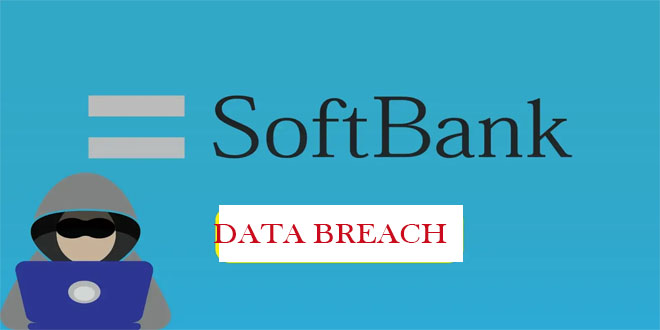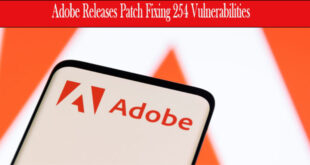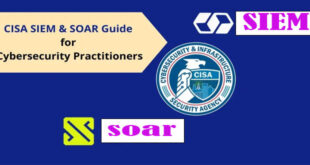Microsoft recently issued a warning to Microsoft 365 email senders. They advised them to authenticate outbound messages. This action was prompted by Google’s recent announcement of stricter anti-spam rules for bulk senders.
“By setting up email authentication for your domain, you can ensure that your messages are less likely to be rejected or marked as spam by email providers like Gmail, Yahoo, AOL, Outlook.com,” the Microsoft Defender for Office 365 team said.
By infosecbulletin
/ Wednesday , June 18 2025
Russian cybersecurity experts discovered the first local data theft attacks using a modified version of legitimate near field communication (NFC)...
Read More
By infosecbulletin
/ Tuesday , June 17 2025
Cybersecurity researcher Jeremiah Fowler discovered an unsecured database with 170,360 records belonging to a real estate company. It contained personal...
Read More
By infosecbulletin
/ Tuesday , June 17 2025
GreyNoise found attempts to exploit CVE-2023-28771, a vulnerability in Zyxel's IKE affecting UDP port 500. The attack centers around CVE-2023-28771,...
Read More
By infosecbulletin
/ Tuesday , June 17 2025
The U.S. Cybersecurity and Infrastructure Security Agency (CISA) has recently included two high-risk vulnerabilities in its Known Exploited Vulnerabilities (KEV)...
Read More
By infosecbulletin
/ Monday , June 16 2025
SafetyDetectives’ Cybersecurity Team discovered a public post on a clear web forum in which a threat actor claimed to have...
Read More
By infosecbulletin
/ Sunday , June 15 2025
WestJet, Canada's second-largest airline, is looking into a cyberattack that has affected some internal systems during its response to the...
Read More
By infosecbulletin
/ Saturday , June 14 2025
Resecurity found 7.4 million records of Paraguayan citizens' personal information leaked on the dark web today. Last week, cybercriminals attempted...
Read More
By infosecbulletin
/ Friday , June 13 2025
HashiCorp has revealed a critical vulnerability in its Nomad tool that may let attackers gain higher privileges by misusing the...
Read More
By infosecbulletin
/ Friday , June 13 2025
SoftBank has disclosed that personal information of more than 137,000 mobile subscribers—covering names, addresses, and phone numbers—might have been leaked...
Read More
By infosecbulletin
/ Friday , June 13 2025
Serious security vulnerabilities in Trend Micro Apex One could allow attackers to inject malicious code and elevate their privileges within...
Read More
ALSO READ:
EC summoned Lands Ministry’s IT team and vendor intelligence clearence report
“This is especially important when sending bulk email (large volume email), as it helps maintain the deliverability and reputation of your email campaigns.”
Not following new email authentication standards can cause emails to be rejected or marked as spam.
Microsoft has cautioned against using Microsoft 365 for sending large amounts of emails. If emails exceed the sending limits, they may be blocked or sent to special delivery pools identified as high risk by the outbound spam controls in Exchange Online Protection (EOP).
Organizations that want to deliver bulk emails through EOP will have to abide by this outbound spam protection guidance:
- Exercise caution not to exceed the sending limits in the service by sending emails at a high rate or volume. This includes refraining from sending emails to a large list of BCC recipients.
- Refrain from using addresses in your primary email domain as senders for bulk emails, as it may impact the delivery of regular emails from senders within the domain. Instead, consider utilizing a custom subdomain exclusively for bulk email.
- Ensure that any custom subdomains are configured with email authentication records in DNS, including SPF, DKIM, and DMARC.
Microsoft warns that following their recommendations does not guarantee delivery. If your email is rejected as bulk, they suggest sending it through on-premises or a third-party provider.
 InfoSecBulletin Cybersecurity for mankind
InfoSecBulletin Cybersecurity for mankind














